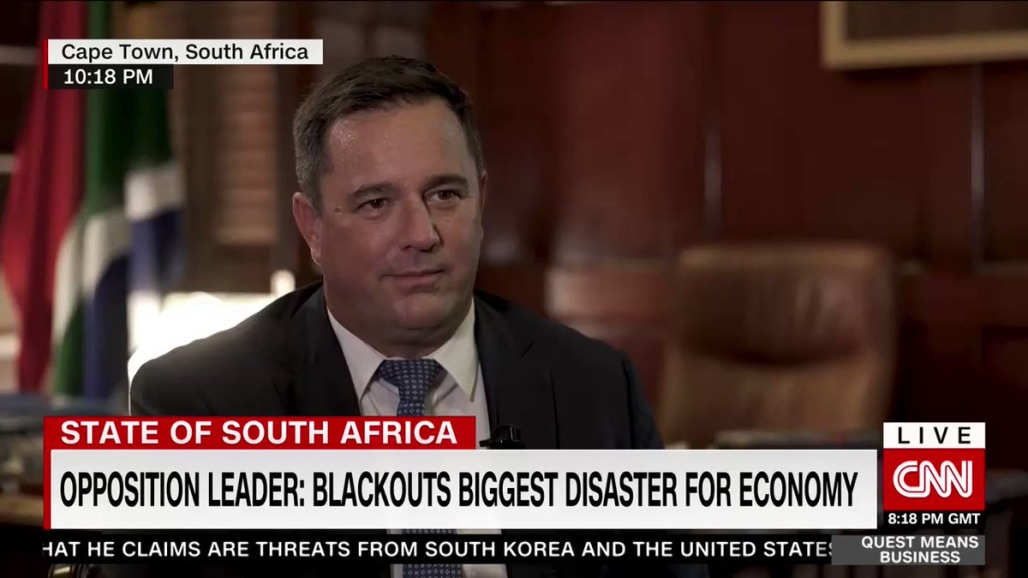What happened to South Africa’s electricity?
South African Eskom generates nearly half of the electricity used on the continent. So, what happened to South Africa’s electricity ?
Welcome to the Carbon Buddy Newsletter.
Hello to everyone new, and thank you for clicking.
If you are yet to subscribe, join the Carbon Buddy newsletter if you’re curious about the takes and stakes on energy, climate and sustainability across Africa.
This week, we’re addressing a reality for many Africans for decades and for South Africans for the last 200+ days. While access to energy remains one of the biggest challenges for Sub-Saharan Africa; countries like South Africa have been praised for reliable access to electricity for years!
We’re discussing this over the next few days on Clubhouse, join the room, click below
Let’s get into it…
So what happened to South Africa’s electricity?
For many years, South Africa has been praised as the prime spot of the Sub-Saharan African nations. The culture, its cities, the nightlife and…the reliable electricity.
Over the decades South Africa has managed to keep the records. Even to the extent of exporting electricity to neighbouring counties; Mozambique, Lesotho, Swaziland, Namibia, and Botswana.
The story gets dimmed with notice of frequent load shedding and South African president Cyril Ramaphosa officially declaring the country's energy crisis a nation-state of disaster.
The main supplier, Eskom, of electrical energy generates nearly half of the electricity used on the continent. So, here’s what happened to South Africa’s electricity.


What is Eskom ?
Eskom, founded in 1923, is the South African electricity public utility, an electricity monopoly producing and distribution. Eskom has successfully provided South Africa with electricity relatively reliable and in the grand scheme of economics, affordable. Eskom has now declared additional loadshedding stages; stage 4 means South Africa’s will be scheduled for load shedding 12 times over a 4 day period for 2 hours at a time, or 12 times over an 8 day period for 4 hours at a time.
Load shedding has always been part of the lives of South African residents and businesses since 2007.
The difference this time ?
At Stage 4, many electricity customers are dreading the possiblites ahead with the rising electricity demand. Load shedding is when the total grid capacity is reduced following increased demand to present a grid collapse. South Africa is drastically increasing in population (estimated at 62 million in 2023), and so is the demand for electricity.
The idea of load-shedding as South Africans know it includes planning to roll blackouts based on rotating electricity schedules. but this time Eskom shrunk its operating capacity from 45,000MW to 25,000MW – which when considered is still largely incomparable to the generated capacity of 11,165MW by Nigeria for its 200 million+ population.
Few things that lead to Load Shedding in any country…
Breakdowns or poor maintenance of generating power plants
Failure to upgrade the electricity supply network, especially with more connections to the grid
Questionable criminality
Slow integration of Renewable
Financial and liquidity crisis
Poor access to electricity also comes with economic downhauls of millions of dollars.
Anyways, back to Eskom… President Ramaphosa is determined to close the energy gap by procuring emergency power (and systems) within the next six months (increasing the grid capacity in 18 months and beyond the president assured South Africans).
President Ramaphosa also introduced a dedicated Ministry of Electricity and expecting a new board management and the creation of a separate transmission company.

However, for many solar panels and diesel generator distributors business is booming. In 2022 alone 1,650MW were registered while years before private energy projects were challenged with restrictions and limitations.

But all in, it is hard to be certain there might be light at the end of this tunnel for South African residents – Africa might just as well be a country.
What do you think about the recent Load shedding?
Carbon Buddy: the situation for adequate reporting of blackouts could help residents mitigate electricity access unlike in Nigeria where the electricity supply can be very sporadic.
Spotlight Reads
#Ads
enee.io is carrying out a short survey on Energy Access in the Workplace. It takes 2 mins to complete and a second to share - click here.
⚡️If would you like your promotional material included in this newsletter, reach out
And that’s all for this week!
Did this newsletter miss anything? or just want to say Hi? Comment or connect with me, I’d love to hear from you 💥
🎤 Tweet at me on Twitter
💬 Join my network on Linkedin
🚀 Shoot me an email
If you haven’t already, sign up to get the next issue in your inbox
This newsletter was written listening to Alicia Keyz | Stay
Keep well,
Oghosa



